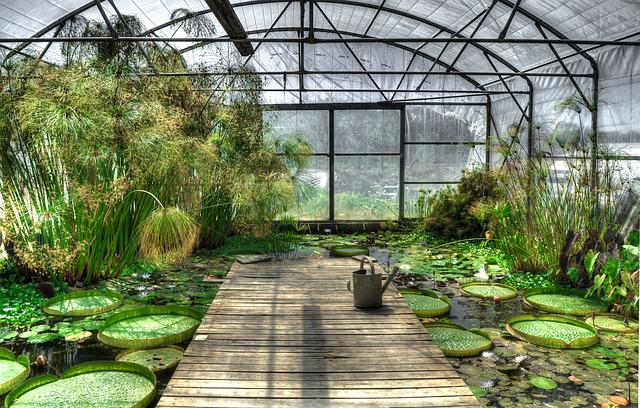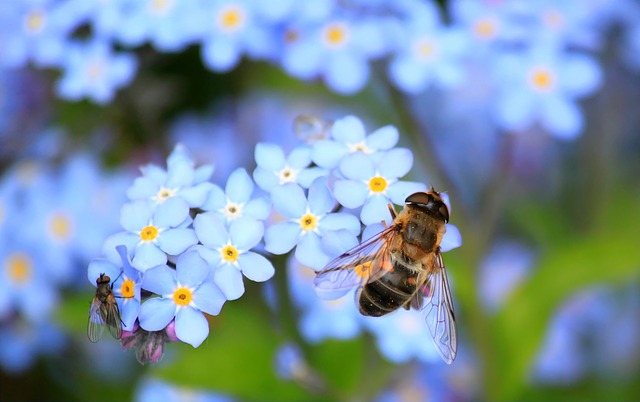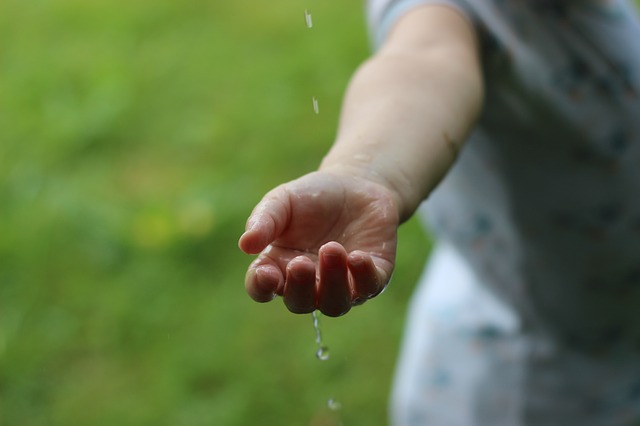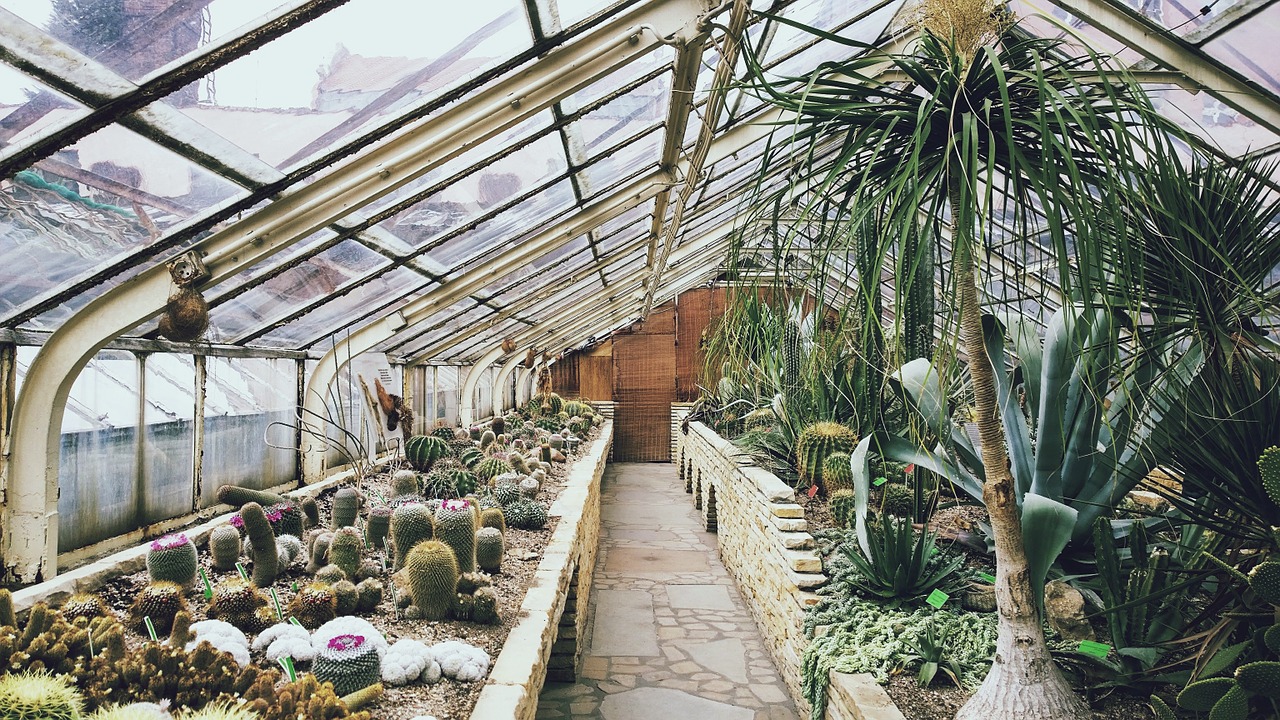A greenhouse affords a number of privileges to plants compared to contemporary gardening where plants are usually left to take their chances with weather conditions, and in recent times it is proving the best way to grow food crops that are high-producers and performers. In the spirit of showing you just how helpful a greenhouse is, what follows is a compilation of some of the things open garden plants are missing out on:
1) An extended growing season
A longer growing season allows you to get the most out of your plants and that’s exactly what you’ll get as such a structure provides optimal conditions for growth by trapping the sun’s useful radiation for use later on. This heat-retention trait allows your plants to blossom even beyond warm seasons and into unforgivingly cold periods. Aside from transcending seasons, a greenhouse ensures you can hack it virtually anywhere you like and in any weather.

2) It provides the allowance to growth various plant species
A greenhouse provides a singular micro-climate within its housing which can be further finetuned to meet various plants demands by the use of heaters and other equipment. This, therefore, allows you to map out distinct sections where different plant varieties can grow without getting into each other’s way.
3) The structure provides adequate protection against harsh weather conditions

Hailstorms and windy downpours are particularly harmful to vegetables and other food crops and plants grown in the unforgiving outdoors are left to experience the wrath of Mother Nature’s bad weather to its fullest extent. A greenhouse, on the other hand, proves the first line of defense providing a protective umbrella that keeps the plants growing inside out of harm’s way.
4) Desirable insects are kept where they ought to be

While a greenhouse does a great job of keeping pests and unwanted insects outside, it also does a great job of keeping advantageous insects inside such as ladybugs. You can breed the insects on your own once you have your structure in place and keep the population in check to ensure a good balance of resources and competition.
5) It does away with the use of dangerous pesticides
Toxic pesticides are among the leading causes of air, water and soil pollution and the use of such chemicals is therefore frowned upon across various circles. With a greenhouse though, the optimal conditions for growth circumvent the need to use harmful pesticides and you can also control the kind of fertilizer you use to produce your crops.
6) A greenhouse is more resource economical

Conventional gardening implores the haphazard use of water and energy sources while greenhouses provide a controlled approach where resources are used sparingly as and when needed. You’ll use less overall meaning you’ll also pay less as a result.
The aforementioned marks the end of the long list of reasons why plants are best suited to succeed within a greenhouse than if they are allowed to take their chances with the open world. At the end of the day, it is therefore clearly evident that greenhouse plants will do much better than their counterparts who, even with the best care in the world, will struggle to match up to the effectiveness of a greenhouse.
